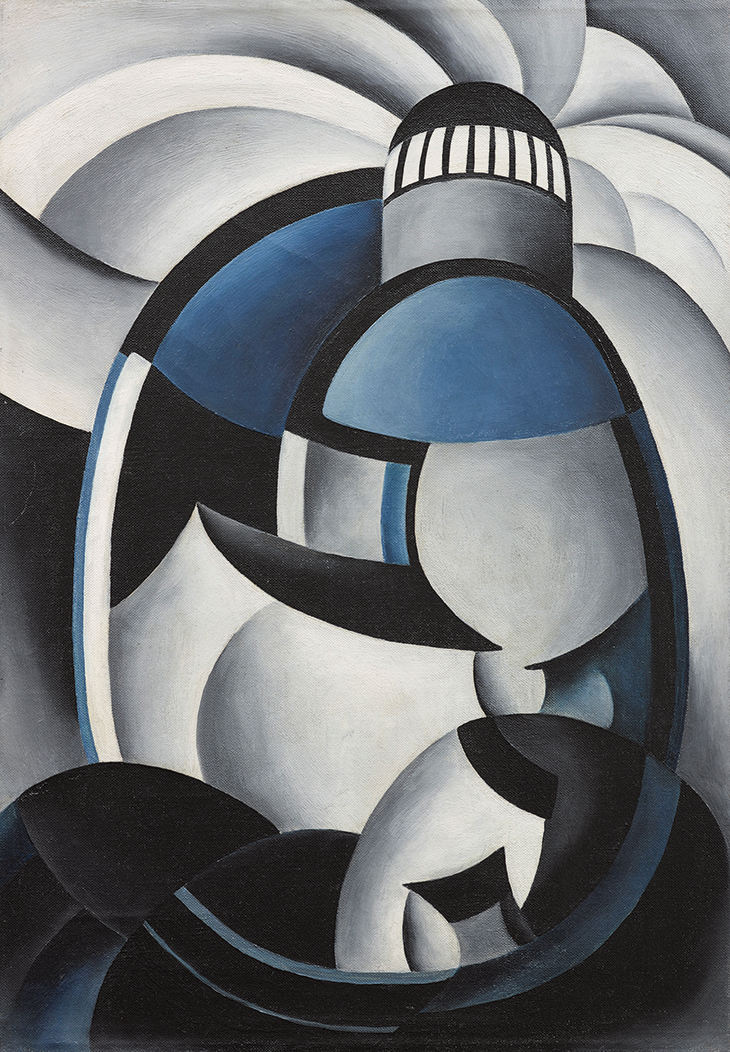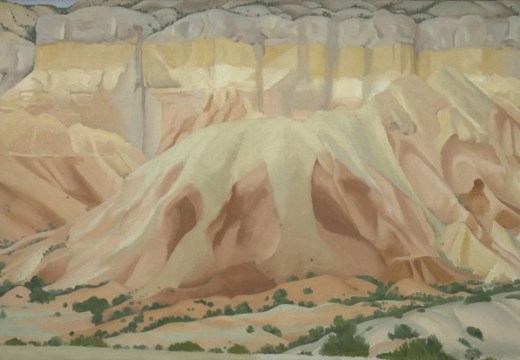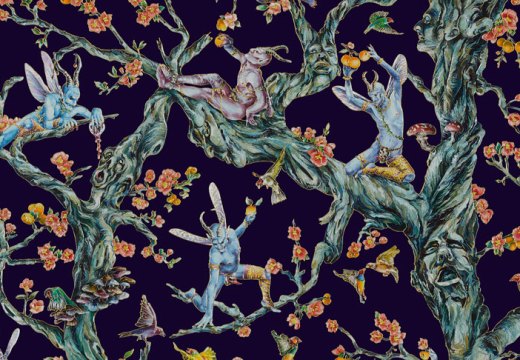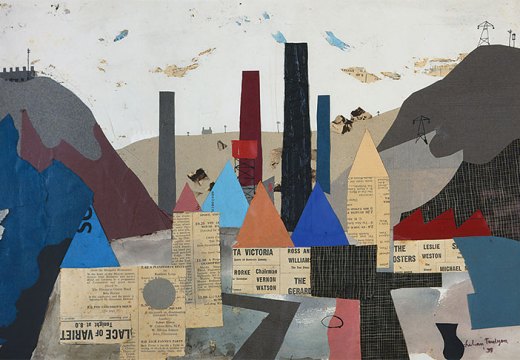In 2013, during a visit with a private collector, I encountered a small painting of a lighthouse by Ida Ten Eyck O’Keeffe (1889–1961), a younger sister to one of the most celebrated American artists of the 20th century, Georgia O’Keeffe. The revelation that there had been another talented O’Keeffe who had painted and exhibited, but who was virtually unknown, stunned and perplexed me. That the two siblings, once close, had become estranged in the 1930s after Ida’s refusal to Georgia’s demand to stop exhibiting, suggested there was an intriguing tale to be told. This was the generative moment for an exhibition that would illuminate the life and work of Ida O’Keeffe. However, uncovering her story and locating surviving works would require a sustained effort over the next four and a half years.
A major hurdle was the scarcity of published information about the artist. Obviously, we read the numerous biographies on Georgia for clues, teasing out each lead and logging them in a master document in order to reconstruct the chronology of Ida’s life. Information from online databases – newspapers, census documents, ship manifests, city directories and social security records – offered additional details that expanded her biography. To this we added the trove of information that emerged from her applications to colleges such as the Mount Sinai Hospital School of Nursing in New York (in 1918) and the Teachers College of Columbia University (in 1929), as well as a proposal for a mural to the Public Works of Art Project in 1934. These sources filled several gaps in her biography back to 1905 and provided descriptions of particular works and her artistic process.

Star Gazing in Texas (1938), Ida Ten Eyck O’Keeffe. Dallas Museum of Art
Possibly the most significant boost to our research effort came after coverage of the project by the New York Times and the Associated Press in May 2014, in which the public was encouraged to contact the Dallas Museum of Art with any information about Ida or works by her. This crowd-sourcing yielded immediate results and continued to capture new leads for the duration of the project. People shared correspondence, photographs and recollections that offered, aside from facts, a clearer sense of the artist’s character and personality. For instance, a contact in Oregon provided family correspondence from his great-aunts who had attended school in Virginia with Ida in 1907–08, in which they mentioned her coursework, interests and activities at a period for which we had previously had no information. The most astonishing windfall was nothing short of miraculous, especially in terms of documenting Ida’s brief professional career as an artist and art teacher in the 1930s and ’40s. In June 2014 a gentleman phoned from Tennessee, prefacing his news with the comment, ‘You’re not going to believe this.’ Several years earlier he had purchased a box that contained Ida’s professional records, as well as a scrapbook stuffed with her exhibition brochures, critical reviews, and photographs of many of her works.

Variation on a Lighthouse Theme II (c. 1931–32), Ida Ten Eyck O’Keeffe
Typically, a curator can ‘shop’ prior exhibition catalogues on an artist to build their own checklist. In Ida’s case, though, no such resource existed. Only two paintings were known to be in museum collections. A few others were sourced through galleries early on. However, the chief endeavour for the project was to reunite Ida’s dynamic series of abstracted lighthouses, which she created c. 1931–32. By the middle of 2016 we had succeeded in tracing only four of the seven known to have been painted; then a collector contacted me to say that he had a lighthouse – a red one – which he had purchased many years before at a flea market in California. That made five: we moved to six when yet another surfaced in 2017 as a bequest to another institution. Unfortunately, the first lighthouse of the series, a realistic representation, has yet to be found. The remaining dozen paintings and 10 prints included in the exhibition trickled in over the duration of the project – two paintings surfaced as late as May of this year. Leads to other works, regrettably, have gone cold but, with the publicity surrounding the opening of this exhibition, they may yet be coaxed from the shadows. Regardless, those that have been gathered for the exhibition reveal unmistakably that Ida O’Keeffe was an accomplished colourist who, within the arc of her brief career, practised in a manner that was both distinct and dynamic.
Sue Canterbury is the associate curator of American art at the Dallas Museum of Art. ‘Ida O’Keeffe: Escaping Georgia’s Shadow’ is at the Dallas Museum of Art until 24 February 2019.
From the December 2018 issue of Apollo. Preview and subscribe here.
Unlimited access from just $16 every 3 months
Subscribe to get unlimited and exclusive access to the top art stories, interviews and exhibition reviews.














![Masterpiece [Re]discovery 2022. Photo: Ben Fisher Photography, courtesy of Masterpiece London](http://www.apollo-magazine.com/wp-content/uploads/2022/07/MPL2022_4263.jpg)
Why are fathers so absent from art history?